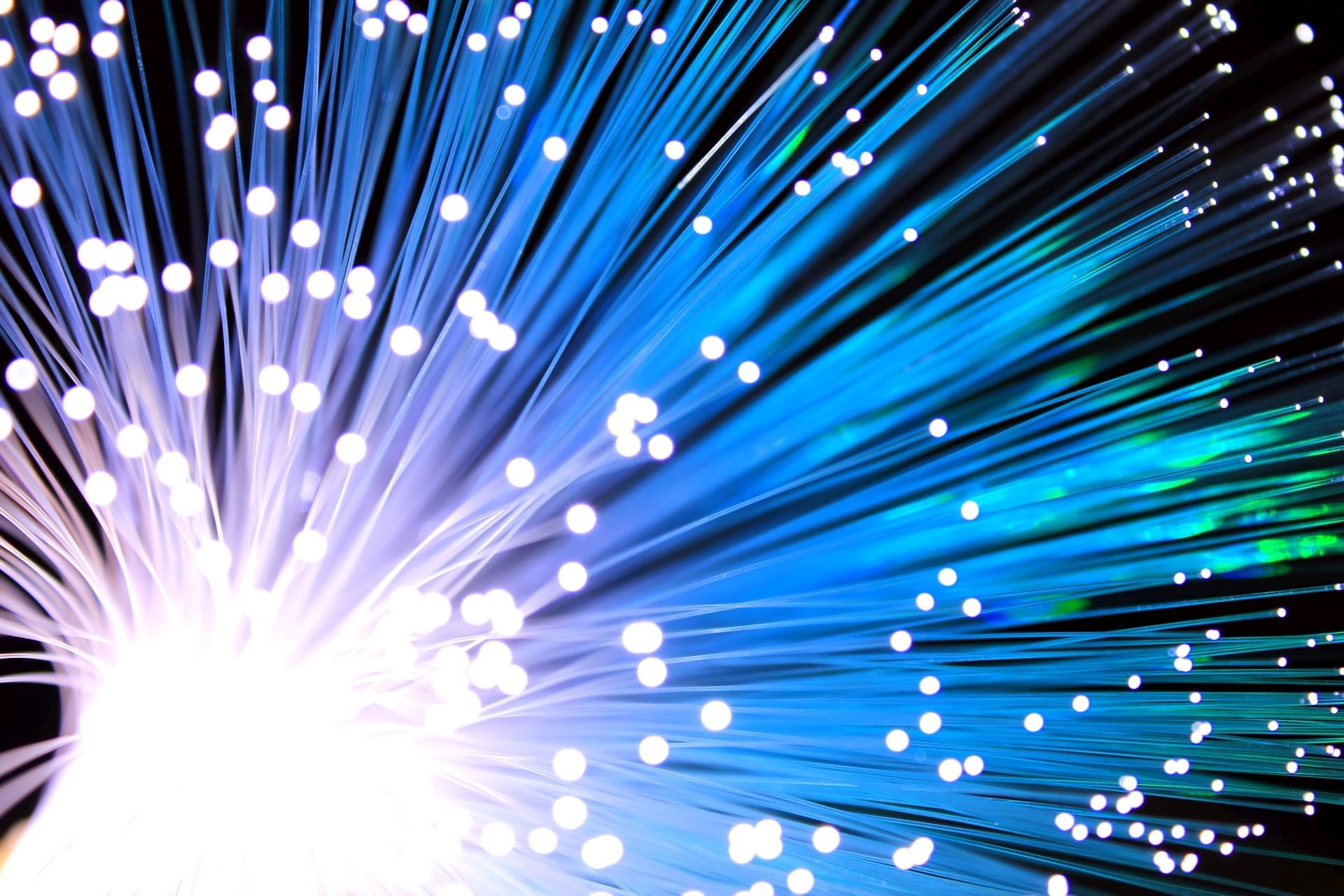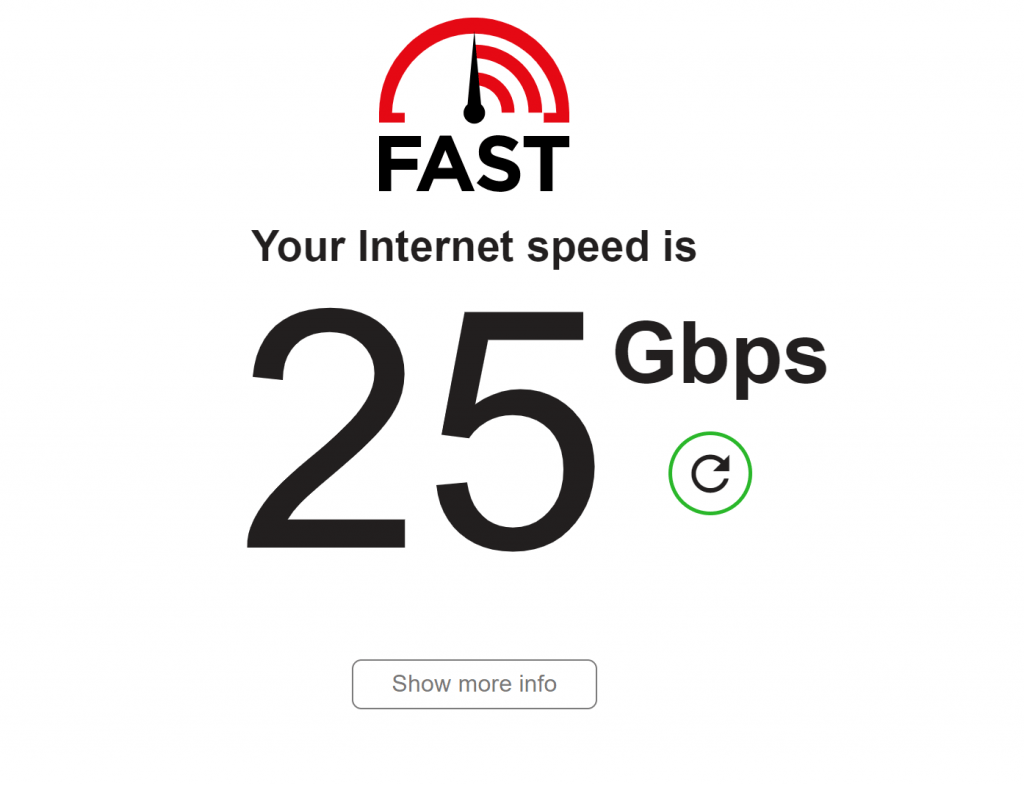
The UK’s Broadband is so far behind other countries that have had Full fibre broadband as standard for many years and now have residential speeds of up to 25Gbps!
But we are slowly trying to catch up…
The Legacy effect
Its well known that we lag behind on our Broadband infrastucture and speeds a report from cable.co.uk found the UK ranked 43rd globally and ranked 21st out of 29 European counties.
The average download speed in the UK according to their research is 51.48Mbps.
The main reason for this is simple we have a lot of copper telephone lines still in use and for many the only option.
Copper twisted telephone lines that are still in use today are based on the same designs from Alexander Graham Bell in 1876 with the UK’s telephone network and copper cables being laid from the latter part of the 19th century.
It was of course only designed to carry analogue voice signals and even then only a fraction of the frequency which is why your voice sounds different over the phone!
They were never designed to carry data let alone high speed data signals of course Fibre Optic cables do the job much much better!
For many years Openreach the main network operator in the UK has relied on the existing telephone copper cables pushing them to their limits by using hybrid fibre technology the most common one being Fibre to the Cabinet which can deliver speeds up to 80mbps down and 20mbps up but only if your very lucky and live close to the street cabinet.
Openreach tried pushing this further by using a technology called G.Fast which increased the max speed to 330mbps down and 30mbps up but you had to live even closer to the cabinet to achieve these speeds.
All these Hybrid Fibre workarounds suffer terribly from the ageing copper telephone lines which are susceptible to interference and can not carry the high speed signals over long distances which is why the further away you live from the cabinet the slower the speed will be when using a hybrid fibre product.
Fibre is the future
The goverment has now set targets for the whole of the UK to get Full Fibre Broadband and Openreach is finally pressing on with deploying Full Fibre rather than more hybrid fibre and of course we have seen an explosion in company’s known as alt-nets buliding Full Fibre networks accross the UK which is fantastic and will help get our ranking up.
Its no doubt that Full Fibre i.e fibre optic all the way into your property is the way forward but even some of our Full Fibre services are lagging behind other countries.
I was amazed to read Michael Stapelberg’s blog the other day where he writes about his recent upgrade to 25Gbps internet yes that’s right 25Gbps!!!
It was not just the headline grabbing speed that caught my attention in Michaels blog one of the things is the price and pricing stucture.
If you look on his internet providers site Init7 you will see that the price for all three packages is the same and that’s because they don’t actually cap your speed artificially or slow you down if you want and can use 25Gbps then it wont cost you any more than their slowest package which is still a mighty 1Gbps symmetric (same upload and download).
And the price itself is not high at all in relation to what you can get coming in at £53.23 per month on current conversion rates!
£53.23 per month I would consider a good price for 1Gbps symmetic package let alone upto 25Gbps!
Init7’s pricing structure alone leaves a lot to be desired by pretty much all our Internet Providers here in the UK where of course artificial speed caps are implemented with price bands going up higher for the top speed products.
The connection even for residential using Init7 is also dedicated speed unlike the vast majority of residential services here in the UK that use shared bandwidth lines and to get a dedicated Fibre service here in the UK would be eye wateringly high!

10 Years ahead
Michael comments in his blog that he feels he is living 10 years ahead of everyone else having access to a 25Gbps service and I totally agree and would say more like 20 years ahead of us in the UK.
Of course the vast majority of us will be happy with speeds up to 1Gbps let alone 25Gbps and when you start talking speeds over 1Gbps you will soon hit limitations at the other end of what your connecting to as many websites and services simply would not be able to support those sort of speeds. Not to mention of course the fact your own equipment would need to be able to handle the speed and right now only a hard wired PC/server would be able to.
Michael also details in his article how he got the service installed aside form the fact he had the option and installed it himself in the POP (think Exchange) as Michael opted to use his own custom router he got sent an SPF module meaning the Fibre just plugs directly into his custom router with no requirement to use any other Internet Provider equipment to use the service.
For the vast majority of users will be happy to use the Router and other boxes supplied by the internet provider but more advanced users such as myself prefer to use our own equipment which is generally better than that supplied by the provider.
While you can get Internet Providers in the UK that let you use your own router most will not allow you to use an SPF Module instead of their ONT.
The advantage of allowing advanced users to have this option would be a direct connection of the Fibre into the router and save using a separate box.
It is a standard practice in other counties to offer this especially for multi Gigabit connections.
In terms of connections over 1Gbps in the UK it is not very common and in most cases having say a 10Gbps connection will cost a lot and is only available as a business package.
The problem being is not all Full Fibre is equal a lot of networks use an older technology called GPON Openreach being one of them essentially how this works is a main trunk line is split usually 32:1 sharing a capacity of 2.488 Gb/s on the download, and 1.244 Gb/s on the upload.
So 10Gbps is not an option and indeed symmetric connections are not really an option.
A newer version of this is XGS-PON which increases the trunk line to 10Gbps both ways and is being used by some alt-nets which is why they are able to offer symmetric packages.
The good news is that once we actually get the Fibre to our property’s the hard work is done and the parts at either end can be upgraded and one day we will be able to enjoy the speeds Michael is enjoying today!
Meanwhile I will just be happy to replace my slow and unreliable Fibre to the Cabniet connection with 36mbps down and 6mbps up with a Full Fibre service with 500mbps!